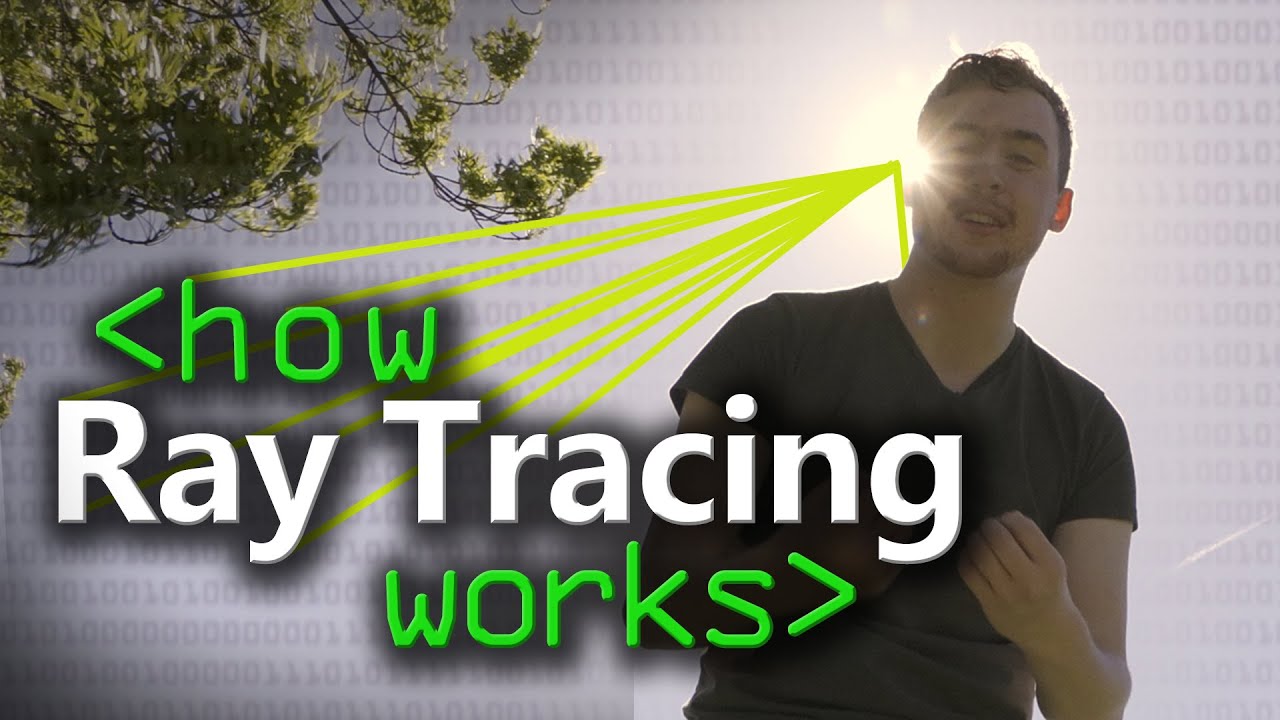Ray tracing is a rendering technique used in games, art, films, and visual effects to create photorealistic images with detailed shadows and reflections by tracing rays of light in a scene. Compared to rasterization, ray tracing offers superior rendering quality by accurately simulating how light interacts with objects, producing high-quality images with realistic lighting effects and shadows.
Ray tracing is a popular technique used in games, rendered art, films, and visual effects to create high-quality, photorealistic images with detailed shadows and reflections. In comparison to rasterization, which quickly paints pixels onto the screen using 3D polygons, ray tracing is slower but excels at handling complex light interactions such as reflections and shadows. Rasterization struggles with accurately representing these effects, leading to the development of ray tracing for more detailed and realistic rendering.
In ray tracing, rays are shot out from a camera into the scene to determine what objects they hit. By tracing these rays, the colors of the objects and their lighting can be calculated more intuitively, allowing for the rendering of realistic shadows and reflections. Ray tracing mimics how light behaves in the real world, bouncing off surfaces and interacting with objects to create lifelike images. This method simplifies the calculation of lighting effects compared to rasterization, which requires complex shader functions to approximate realistic lighting.
Ray tracing can also handle more advanced effects like reflections and refractions with ease. By shooting rays and tracking their paths, ray tracing can accurately simulate reflections off mirrors and the interactions of light with different surfaces. While ray tracing is slower due to the intensive calculations involved in tracing each ray’s path and determining its interactions with objects, it excels at producing high-quality images with realistic lighting effects and shadows.
The comparison between a ray tracer and a rasterizer demonstrates the differences in rendering speed and capabilities. While rasterization is faster and suitable for simpler scenes like those in early versions of Minecraft, ray tracing offers superior rendering quality with effects like shadows and reflections. Ray tracing can accurately handle multiple light sources by shooting additional rays and calculating lighting effects for each source.
Overall, ray tracing provides a more realistic and detailed rendering approach compared to rasterization, especially for scenes with complex lighting interactions. By tracing rays and simulating how light interacts with objects in the scene, ray tracing can produce high-quality images with accurate shadows, reflections, and lighting effects. While slower than rasterization, ray tracing offers a more intuitive and realistic rendering method that is widely used in modern graphics for achieving photorealistic visuals.
